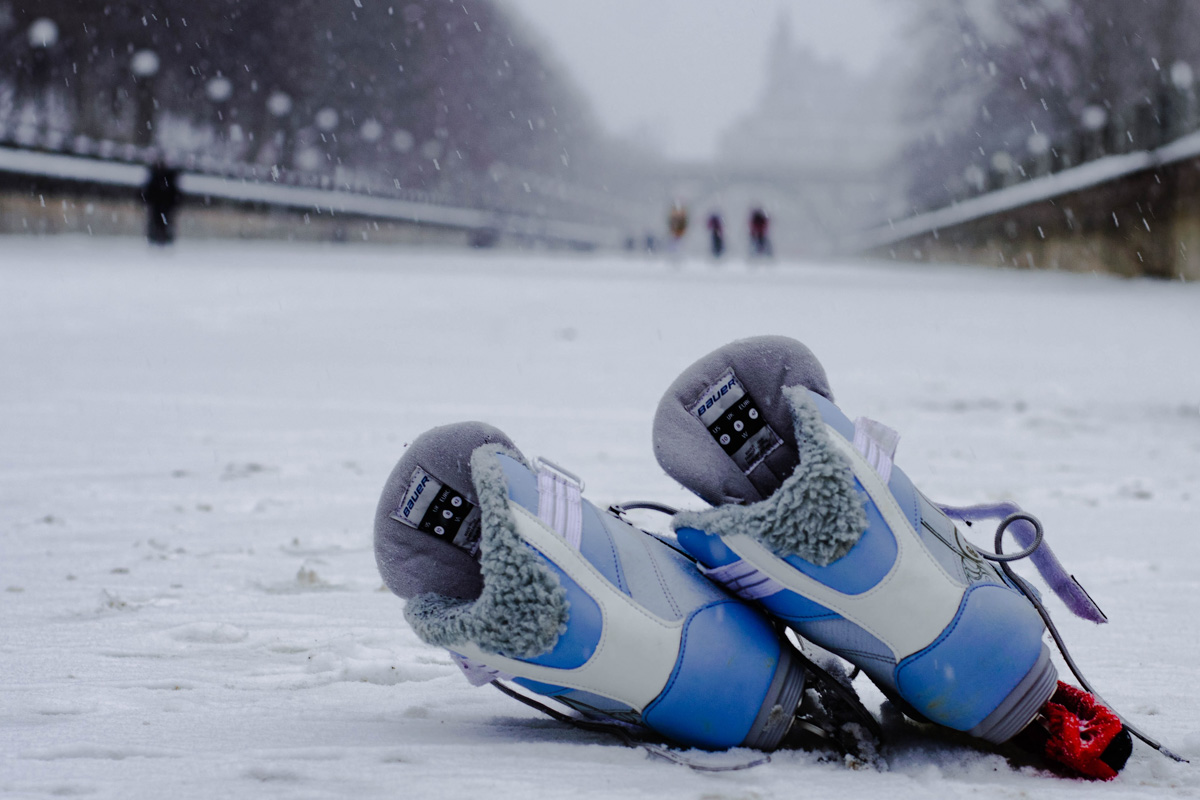Following a season of suspense and a turbulent weather forecast, the Rideau Canal Skateway will not be opening this year for the first time ever.
The National Capital Commission (NCC) cited the impacts of climate change and milder winters as the primary cause and said efforts further into the season are unlikely to yield a different outcome.
This news comes much to the dismay of many Carleton University students, both from Ottawa and beyond, who were looking forward to a season of skating along the Rideau Canal.
“I would have loved the opportunity this year,” Brayden Poloz, a first-year bachelor of global and international studies student at Carleton University said. “It’s really unfortunate, what with the unusual weather we’re having.”
“At the end of the day, it’s gotta be a certain temperature,” Poloz added. He said Ottawa winters are usually much colder than what the city has experienced this year.
Shash Modak, a first-year psychology student at Carleton originally from Dubai, said he had also hoped to skate on the canal this season after hearing about it from friends.
“Most of my friends made plans over the winter to go and skate,” he said. “I was really looking forward to [that]. It would’ve been my first time.”
On March 8, dozens of Ottawans gathered at Patterson Creek Park next to the Rideau Canal for a vigil, mourning the closure of the skateway.
Carleton University has partnered with the NCC to continue to study the impacts of erratic weather and promote ice formation on the canal.
Shawn Kenny, a professor of environmental engineering who has been involved in studying new possibilities for ice formation on the canal, said he and his team have employed different levels of technology readiness to determine what works best for the canal in the immediate future.
“We had a look at different technologies used in similar industries that promote ice growth or make the ice more resilient,” Kenny said.
Kenny said one of the technologies researchers are using is the ‘slush cannon,’ a snow fan that collects water and air, fires them through a nozzle, and disperses the particles into the air, cooling them into ice crystals.
Kenny also stressed the need for preemptive measures early into the season to ensure the canal is ready for the winter.
“If we want to help improve the ice cover, it is better to adopt these strategies earlier in the season, where we have more favourable environmental conditions—particularly less sunlight,” he said.
Cole Van De Ven, an assistant professor of civil and environmental engineering at Carleton, leads a research team of students studying the impacts of water quality on ice formation. He said there are immediate environmental challenges to ensuring the water in the canal is fit for the development of ice.
“Our main focus is to look at the ice coming from the water, and ultimately, how that water quality plays a role in the ice formation,” Van De Ven said. “We include a variety of water-quality parameters, the main one being conductivity, specifically [the amount of] salt in the water.”
The hope is that such measures will allow the NCC to welcome skaters back on the canal next winter. Van De Ven added that the community’s connection with the project has helped better convey the effects of climate change in the short-term.
“One of the most interesting things from this project has been the engagement with the community,” he said. “This is something in their lives that they care about, and we’re beginning to understand how climate change can start impacting the things we enjoy in our lives.”
Featured image from Unsplash / Sandra Ivleva.






